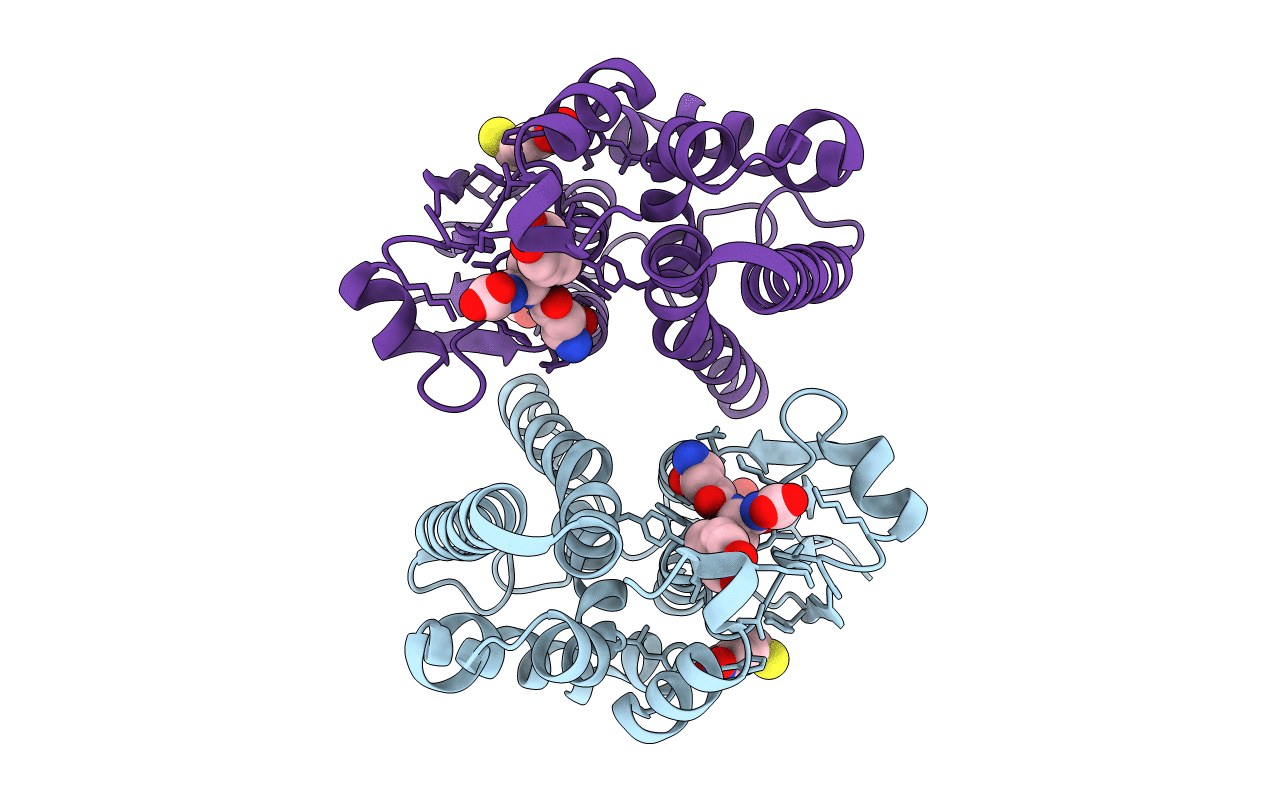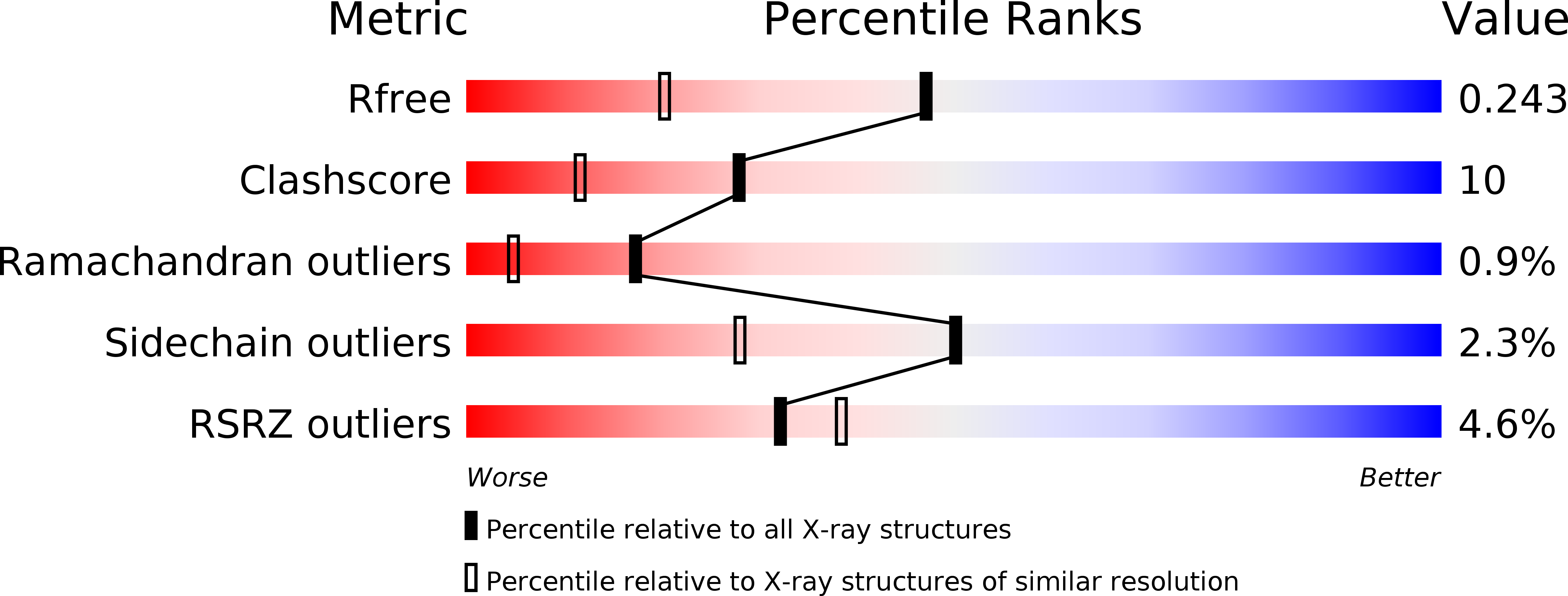
Deposition Date
2008-02-08
Release Date
2008-12-02
Last Version Date
2023-12-13
Method Details:
Experimental Method:
Resolution:
1.75 Å
R-Value Free:
0.24
R-Value Work:
0.19
R-Value Observed:
0.19
Space Group:
P 41 21 2


